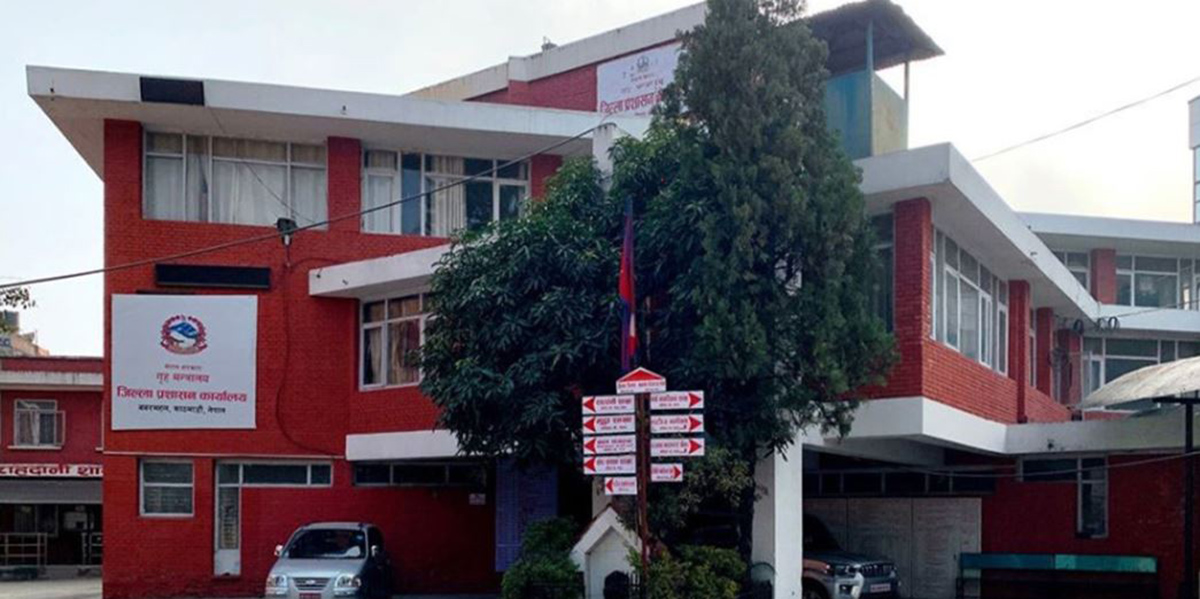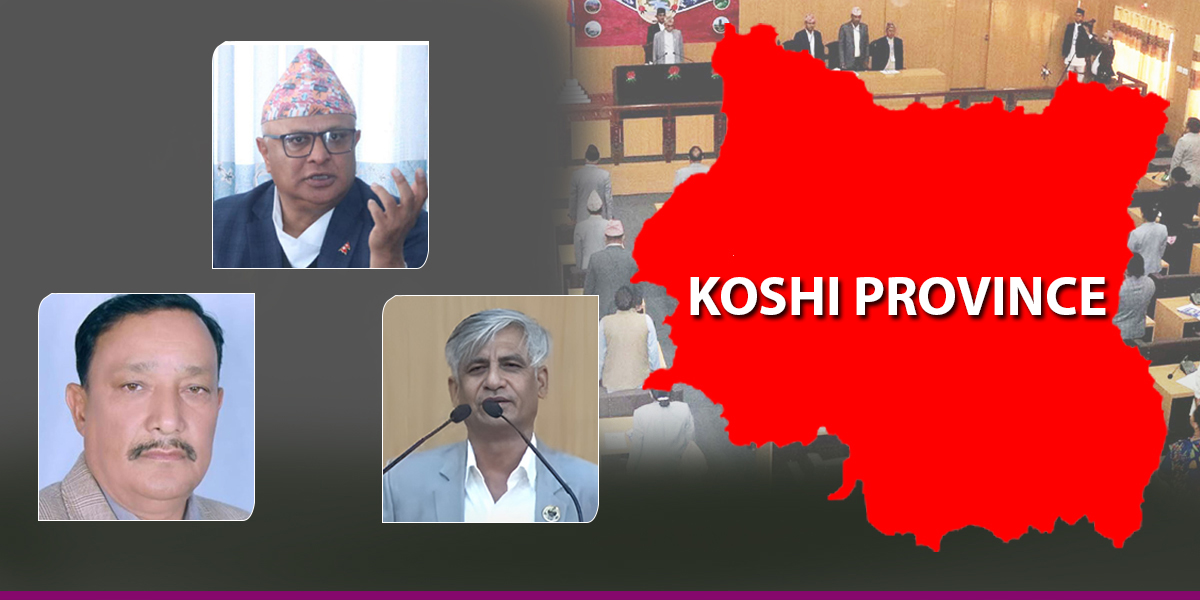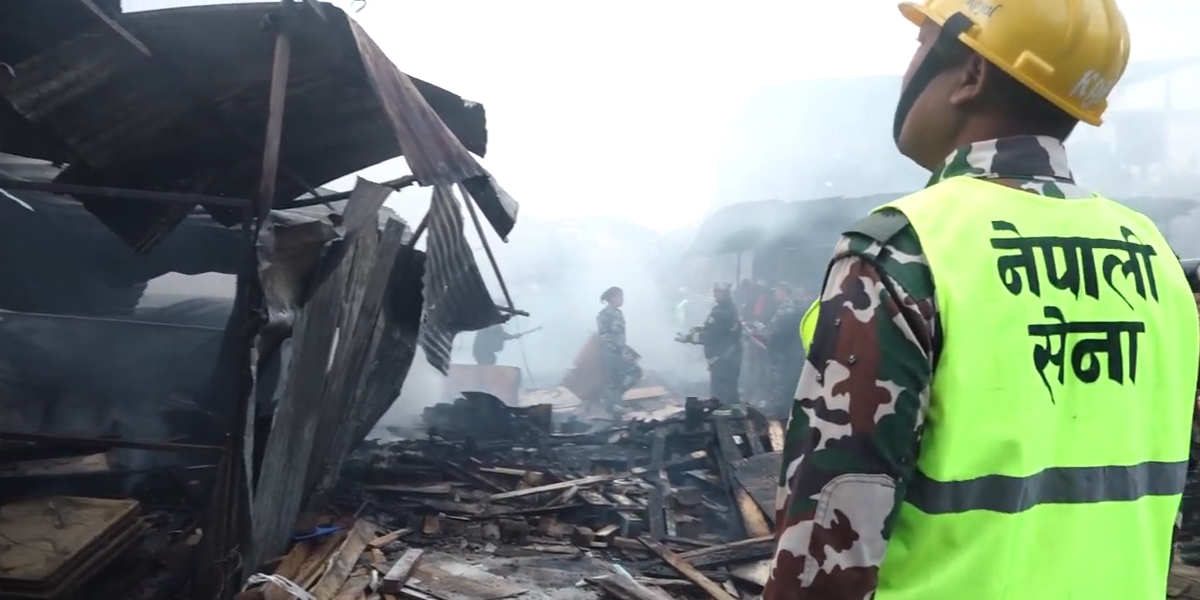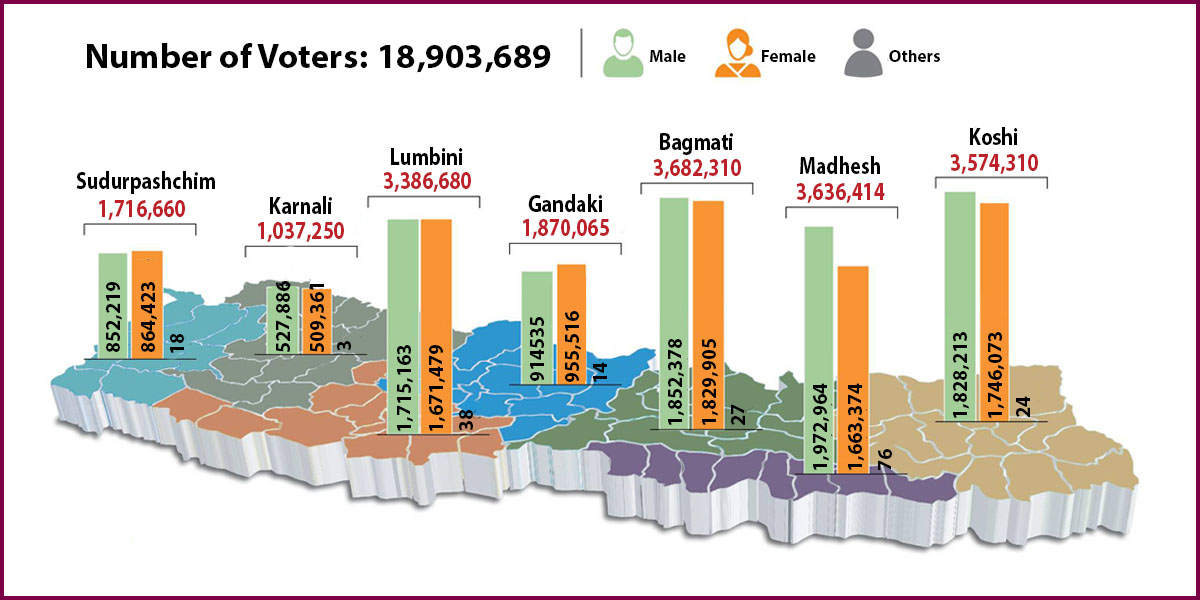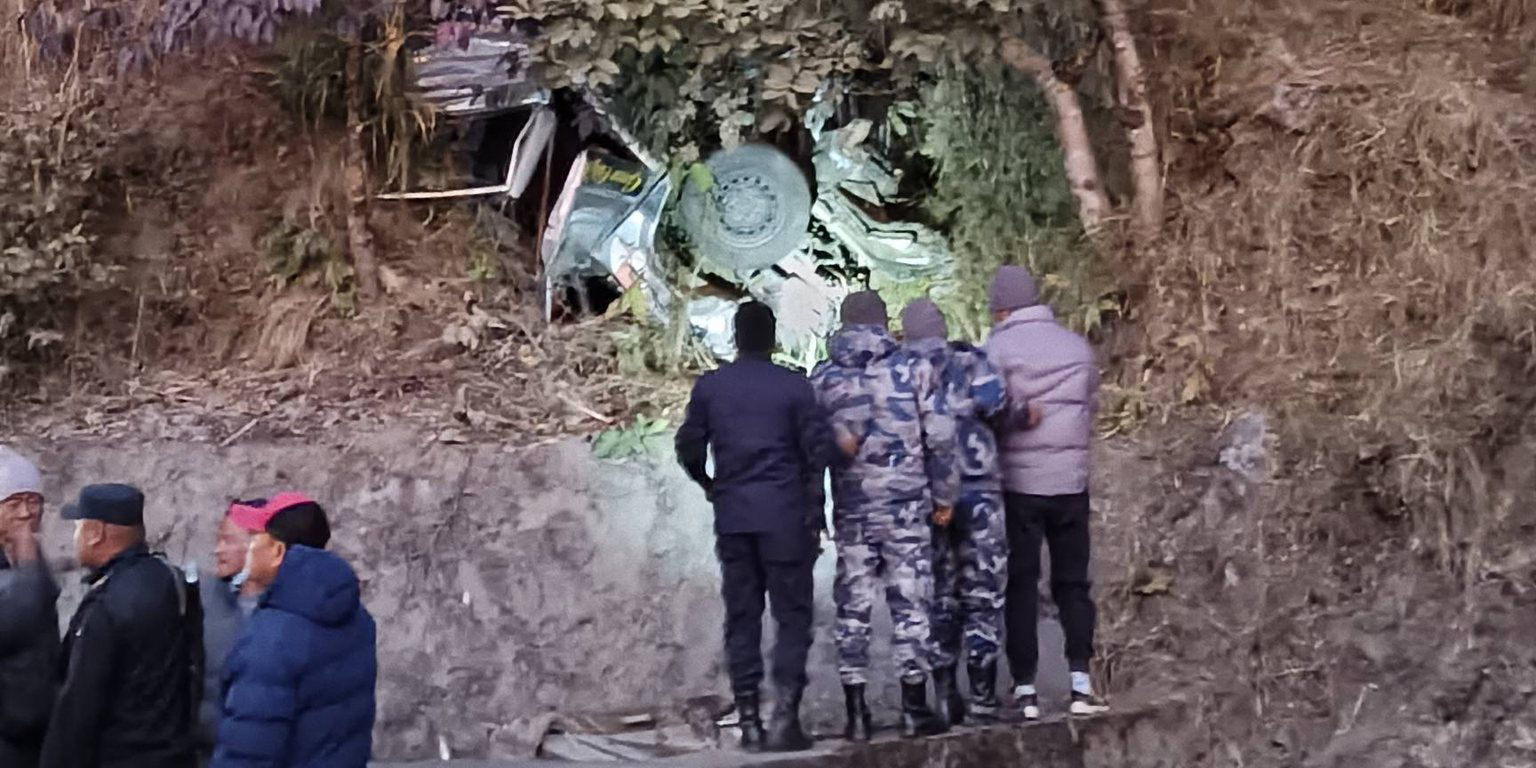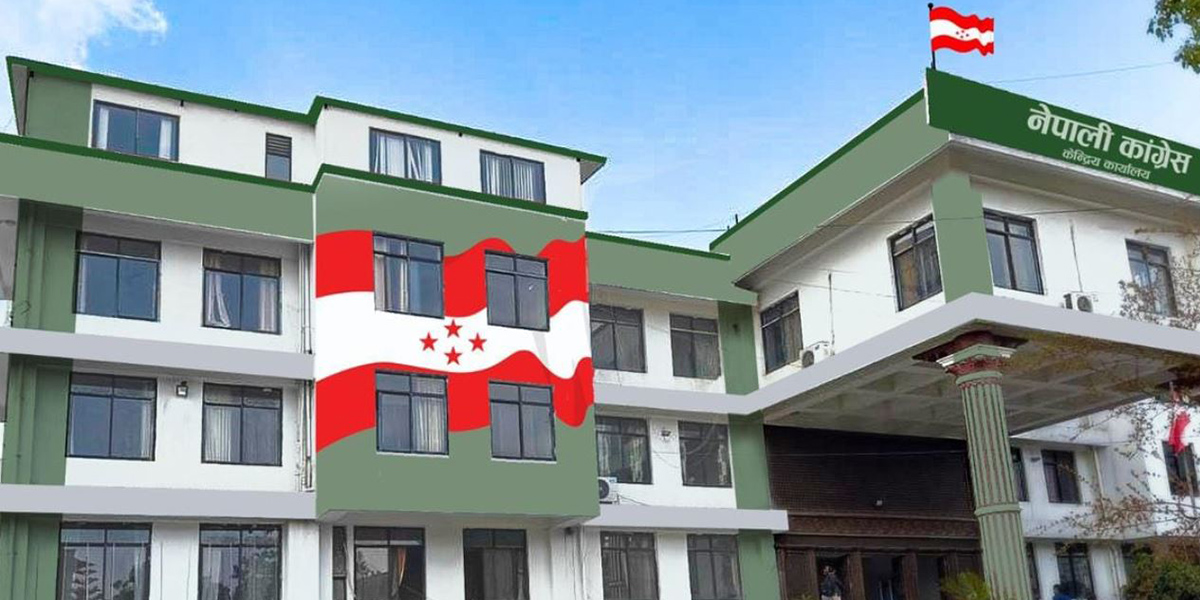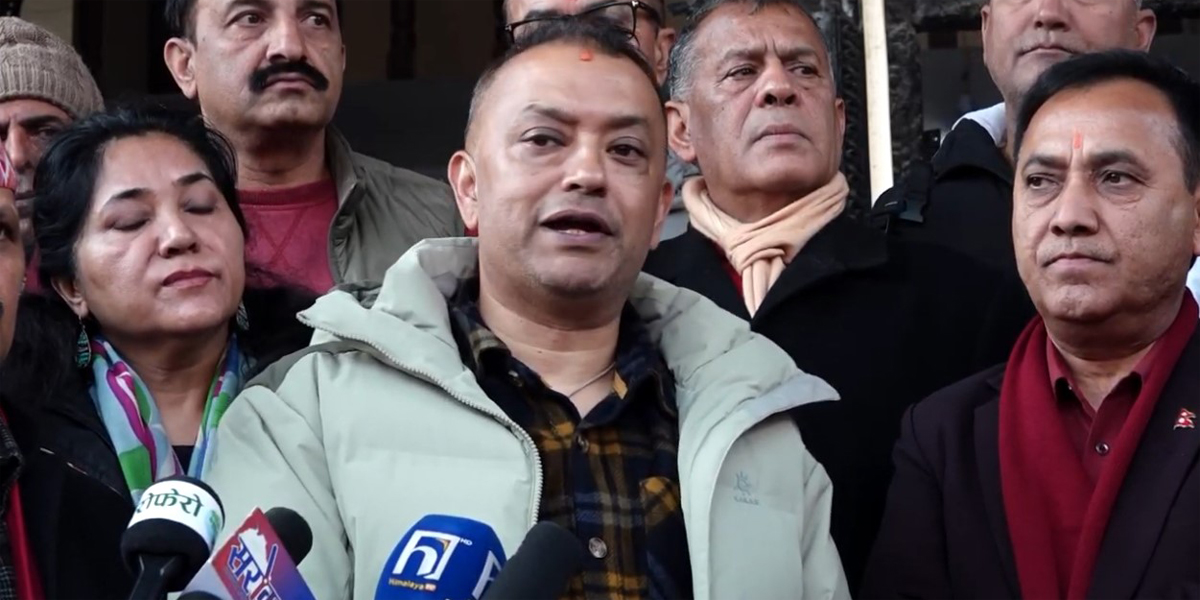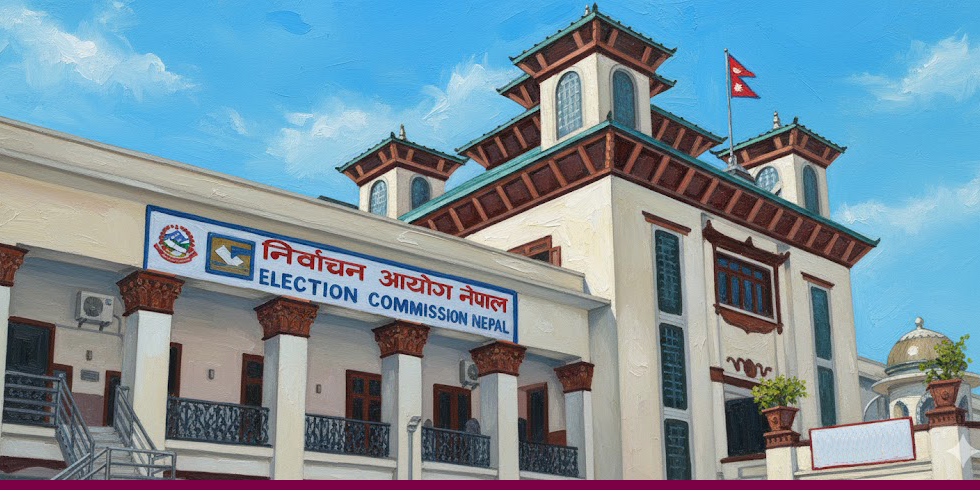![Kathmandu’s infrastructure can not handle severe rainfall events [Interview]](https://en.himalpress.com/wp-content/uploads/2024/09/dharmaraj.jpg)
Recent heavy rainfall in Kathmandu and surrounding areas has caused severe flooding and landslides, resulting in significant loss of life and property. This unexpected damage occurring after the typical monsoon season has become a subject of concern for geologists and meteorologists. At least 150 people have died due to the continuous rainfall since Thursday afternoon till Saturday evening. Kiran Poudel of Himal Press spoke with natural disaster expert Dr Dharma Raj Upreti to understand the causes of such severe flooding at the end of the monsoon season and its connection to climate change. Excerpts:
Floods and landslides have caused significant damage across the country. Was this unexpected?
About 80% of Nepal’s rainfall depends on oceanic factors, while 20% is due to local water bodies. This time, a low-pressure system formed in the Bay of Bengal. When this system combined with another air mass, it created a low-pressure zone that moved northward toward Nepal. This caused heavy rainfall in central Nepal. Simply put, the low-pressure system carried moisture-laden air from the sea towards Nepal.
Why didn’t this rainfall affect all of Nepal?
The rain-bearing system was supposed to reach the western parts of Nepal as well. However, in the mid-western and far-western regions, the monsoon air had already started retreating. This retreating air, which had reached Punjab, is typically light and dry. Consequently, the western regions did not receive much rain. The eastern parts, still under the influence of moisture-laden air, experienced heavy rainfall.
How significant was the rainfall in Kathmandu? How often does such rainfall occur?
The severity of rainfall is measured by its frequency. Some rainfall events occur once in 50 years, others once in 100 years. This particular rainfall event is not a once-in-100-years occurrence, but closer to a once-in-50 or 54 years event. Such rainfall does not happen regularly.
Was the extensive damage in Kathmandu solely due to heavy rainfall?
Kathmandu’s infrastructure is designed to handle rainfall events that occur every 10-25 years. It struggles with more severe events. Our state mechanisms do not typically plan for such extreme rainfall, which is why we faced this disaster.
This particular rainfall event is not a once-in-100-years occurrence, but closer to a once-in-50 or 54 years event. Such rainfall does not happen regularly.
Why was Kathmandu particularly affected?
First, Kathmandu’s infrastructure is not flood-resistant. Second, there is a lack of awareness in construction practices. For example, to prevent flooding in Nakkhu, we need to consider what kind of structures should be built in the upper catchment areas. We need to understand what happens in Tikabhairav. We have seen excessive sand and gravel extraction in that area. Rainfall carried all the debris to Nakkhu River. We have not paid attention to such issues.
When was the last time we experienced such rainfall?
I can not give you the exact statistics, but similar rainfall events occurred in 2008, 2014, 2017 and 2021. Our ability to compare with past events also depends on our measurement capabilities. For instance, we do not have the rainfall data for Melamchi Valley from two years ago because measuring instruments were only installed there after last year’s major rainfall event. This suggests that there might have been significant rainfall events in the past that we simply did not measure.
We witnessed intense sunshine for a few days followed by heavy rain in the past. Can we expect similar weather patterns now?
No, we do not expect a repeat of this pattern this time. There is a possibility of rain next Thursday. If that does not happen, we are likely to see only occasional light showers.
Nepal has been experiencing various natural disasters like avalanches and glacial lake outbursts. Now we have seen this intense rainfall. Why is this happening?
This is related to global temperature changes. The world’s average temperature has been rising. Until a few years ago, the global average temperature increase was 1.1°C, but now it is over 1.2°C. However, the effects vary by region. For example, what we see in Nepal is different from what is happening in South Africa.
Temperature changes affect evaporation. Long-term changes in sea surface evaporation lead to increases in El Niño and La Niña cycles. These cycles typically change frequency every 3-4 years. These changes can lead to various disasters, from glacial lake outbursts to intense rainfall events.


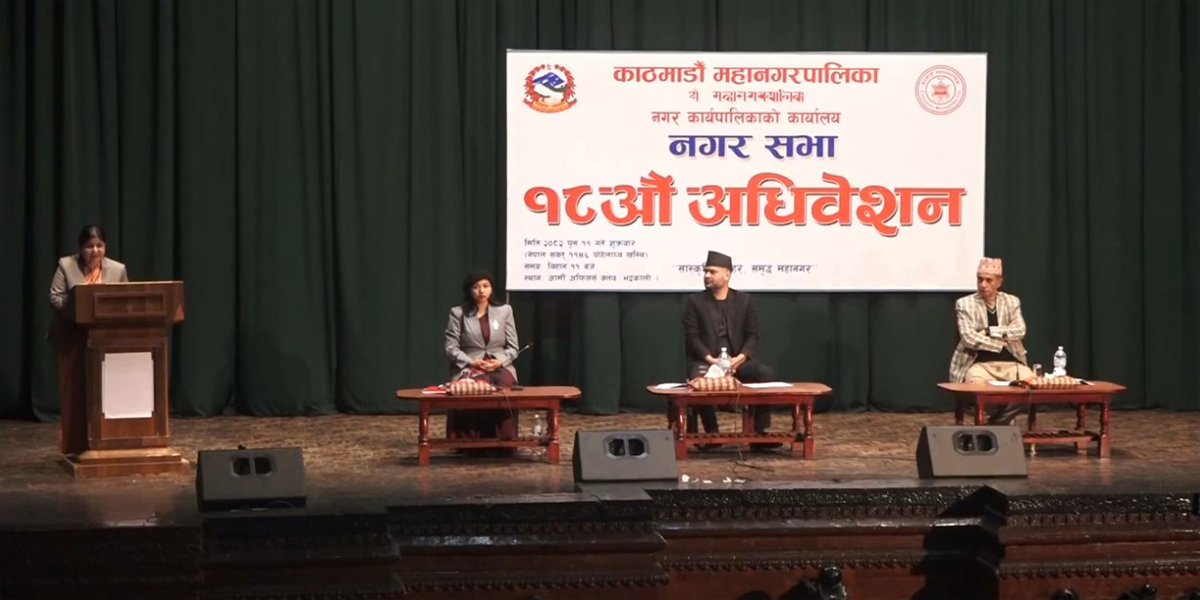
![High-mast lights installed at 62 intersections in Kathmandu [In Pictures]](https://en.himalpress.com/wp-content/uploads/2025/10/kathmandu-night.jpg)

